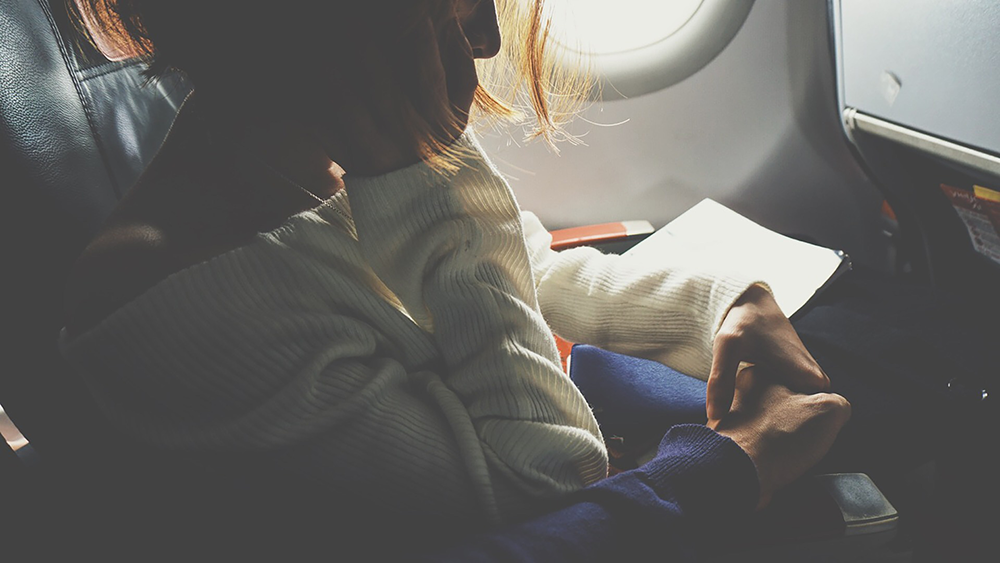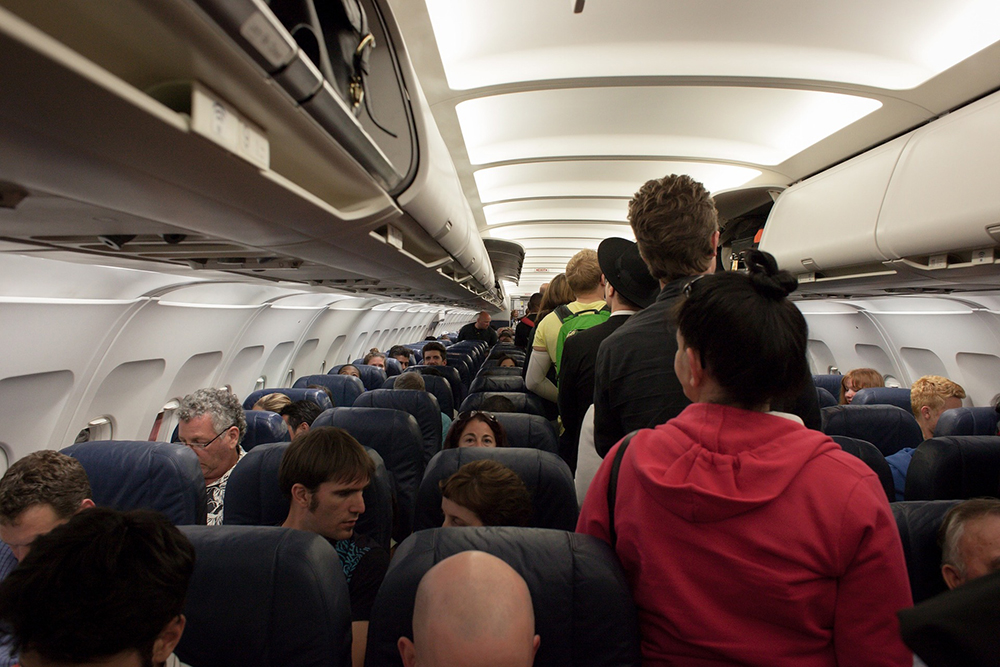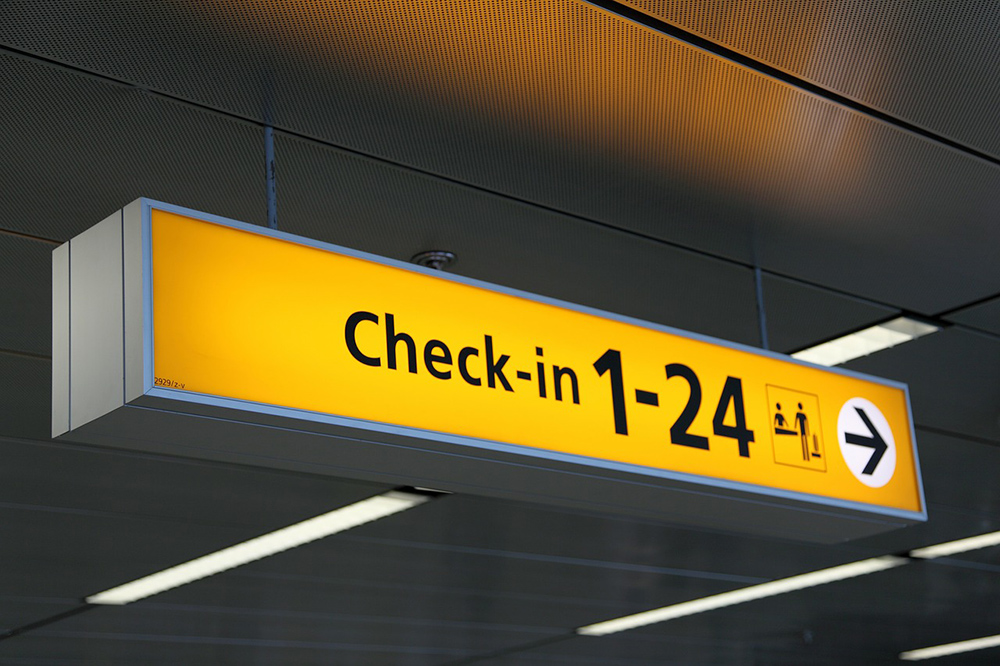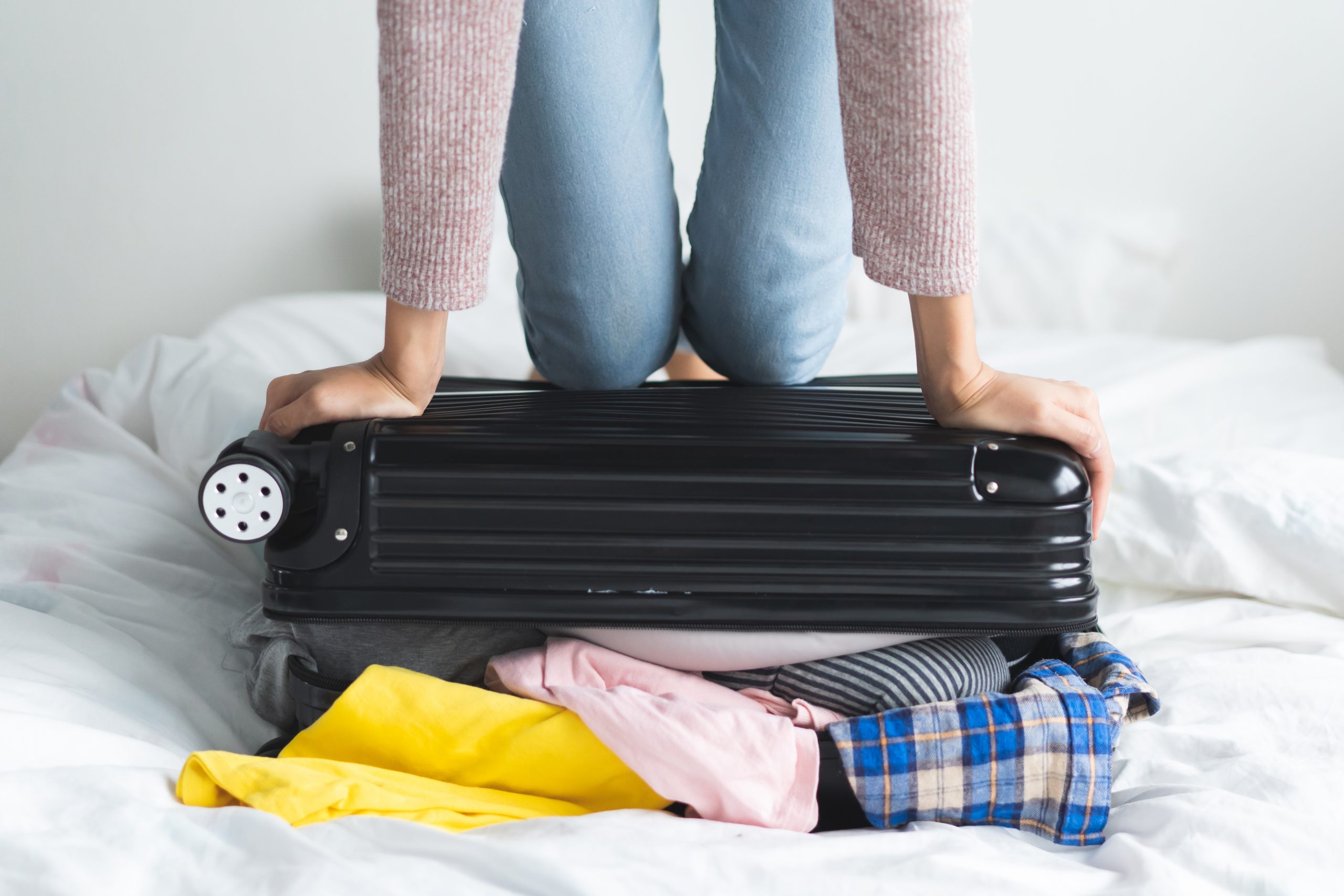
Hot Questions About Air Travel You’ve Always Wanted to Ask – Answered Fearlessly
21.12.2018
We’ve all thought of the questions on the list, probably more than once. We might have even laughed about them with our friends or our travel neighbours. It’s time to set things straight and once and for all get the answers to our travel hidden “what ifs”!
1. Can I ask for an extra meal on the plane?
Airplane food may not be the kind of food that would ever get you thinking of extra servings, but sometimes you simply stay hungry. The answer is simple: Yes you can!!!! When asked, most airlines stated that passengers who ask for an extra meal will be given one, subject to availability.
Availability doesn’t only mean having enough servings, but also that not too long had passed since heating up the meal until when it is served – that is due to severe regulations regarding the serving of airplane food. Next time you’re craving for another “in mid-air daily special” feel free to ask!
2. Do babies born on board actually get free flights for life? And what nationality do they get?
Childbirth does happen on-board, though it’s a rare scenario. We’ve all heard of the myth regarding a lifetime of free flights granted to babies born on-board. Well, like most myths, this one also has very little to do with reality. Even though some past stories of free flights for plane babies were true, no international law or airline policy makes it mandatory.
Some airlines offer on-board born babies free flights for life, usually as a publicity stunt or as a marketing opportunity. As for nationality, there’s also no clear policy. Some countries refuse granting nationality to “in air” born babies, claiming that the nationality should be that of the airline’s origin. That said, there have been past cases of “in air” born babies who claimed nationality from countries they were born over and finally did get it.
3. What are the white trails planes leave in the sky?
We all drew them as kids, we use them in grown-up’s phrases, we love how they cut through blue skies – but for most of us they are a complete mystery. So what are those white trails really all about?
The hot, humid exhaust from jet engines mixes with the atmosphere, which at high altitude is of much lower vapour pressure and temperature than the exhaust gas. The water vapour contained in the jet exhaust condenses and may freeze and this mixing process forms a cloud very similar to the one your hot breath makes on a cold day. A thin, short-lived contrail indicates low-humidity air at high altitude, a sign of fair weather, whereas a thick, long-lasting contrail reflects humid air at high altitudes and can be an early indicator of a storm.
4. Is there a way to stay healthy during flights?
From the African Ebola virus to plain old unsanitised environment, planes can be a germ heaven. The good news – there are several ways to keeping it healthy on-board: First and most importantly – sanitise your hands! Bring on-board a sanitising gel containing 60% alcohol and don’t be shy to use it! Use it especially before and after eating, and after using the airplane’s bathroom and washing your hands there.
Keep your sitting area as clean as possible (without OCD-ing over it): a quick wet-ones swipe is recommended as you take your seat followed by pre and a post meal touch ups.
And the most surprising-yet-functional title goes to (drumroll please!) – use the plane’s air vents to keep the air circulation going. If set to medium, directed to your lap, over-head air vents have been proven to keep potential microbes away.

5. Is the air crew served the same food?
To avoid possible food issues, pilots must choose different meals on-board. Although rare, food related issues may affect the pilot’s concentration or ability to navigate the aircraft. On long-haul flights, both pilots and cabin crew are provided with a business class meal, this helps to ensure some extra meals are available on-board. Once passengers have eaten the crew gets a selection from the remaining meals.
6. Why do plane toilets still have ashtrays?
It seems like forever since smoking was allowed on planes. For the younger generations stories about times when smoking was vastly allowed, seem nothing more than exaggerated urban legends. In the late 1980s airlines started prohibiting smoking on planes, starting with US airlines, who were followed by other airlines until the year 2000 when the No Smoking rule wasinternationally adopted. And yet, ashtrays can still be found in toilets – even with the No Smoking sign right above them.
The reason is that although reality and health awareness have shifted with time, some regulations have stayed the same: according to the Federal Aviation Administration’s (FAA) list of “minimum equipment” for aircraft, an ashtray in the plane toilet is still a legal requirement. Not altering the regulations may be a way of saying: Humans will be humans, so we might as well be prepared.

7. How long does the oxygen mask last for?
The answer may worry you at first but keep reading in order to get the whole complete, reassuring picture. Plane oxygen masks are designed to keep a flow of oxygen for 12-15 minutes. It might seem like very little time, but it is actually more than enough time for the pilot to bring down the plane to 10,000 ft. where people can start breathing on their own at reduced oxygen levels and take big relaxing breaths.
8. What happens if someone dies on the plane?
Although on-board deaths are not common, on-board deaths may occur and procedures of handling such an incident may vary.
In most cases crew members will use a blanket to cover the deceased up to their neck. If a seat is available on business or first class, there might be an attempt to move the deceased person there. In many cases the dead person is left in his/her seat and a crew member is seated in the neighbouring seat for the rest of the flight. Once the plane arrives to its destination, handling the body is done after all passengers have left the plane.
—
Anything else you want to know? Ask us, we’re here to answer all your flight questions and requirements!
MORE POSTS



